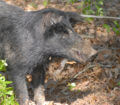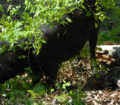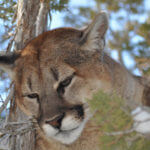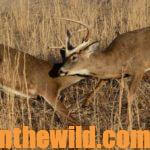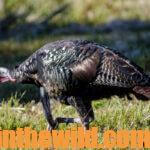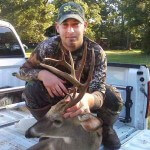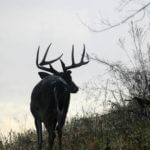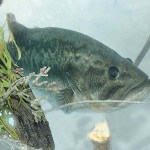Editor’s Note: No better sport exists for the bowhunter than hog hunting. You can hunt hogs throughout the South and in parts of the West at any time during the year, and you can bag as many hogs as you want, due to the destruction feral pigs cause to crops, their contamination of water supplies and their preying on ground nesting birds’ eggs, turkey poults, turkey hens sitting on their nests and just-born fawns. By using feeders and cameras, you can pinpoint where the hogs are moving and use the feeders to bait them, as most states allow you to bait hogs (check your local regulations). Whether you’re hunting in the thick palmettos of Florida, the oak brush of Texas and/or the briarpatches of Mississippi, you can pull ravenous wild porkers out of thick cover by baiting your feeder with corn.
A bowhunter can tune-up for bow season by:
* hunting dangerous game close to home. Hogs can and will charge and cut you with sharp teeth.
 * bagging an extraordinary trophy. A boar hog weighing 250 pounds or more with sharp cutting teeth protruding from his mouth offers a trophy worthy of mounting.
* bagging an extraordinary trophy. A boar hog weighing 250 pounds or more with sharp cutting teeth protruding from his mouth offers a trophy worthy of mounting.
* taking meat home for a tasty dinner. When you hunt hogs for meat, only take the ones that weigh 150 pounds or less. Wild hogs provide leaner and more-tasty meat than the pork you buy in the grocery store.
* assisting local landowners, since most landowners welcome hog hunters to their properties throughout the year to keep hogs from destroying their crops and rooting up roads.
* learning the wild hogs’ territory and habits easily, by utilizing cameras in various places on the property. Hogs root up vegetation, leave trails, slash trees with their tusks, leave droppings and grunt almost continuously, which will help the bowhunter know the best places to put-up cameras. Then he can pinpoint a target-rich environment. Since hogs normally travel in packs, the bowhunter often has the choice of bagging a trophy hog or an eating hog.
* taking hogs before and after deer season in the states that permit year-round hog hunting.
* facing a true challenge of shooting accurately. To down a porker quickly, the bowhunter must place the broadhead behind the front shoulder to avoid the thick gristled shield protecting the hog’s vital area.
 * becoming a better deer hunter. Although hogs have poor eyesight, they have a much-keener sense of smell than white-tailed deer do. To consistently take hogs, the bowhunter must develop a strong perception of wind direction and become conscious of eliminating his odor.
* becoming a better deer hunter. Although hogs have poor eyesight, they have a much-keener sense of smell than white-tailed deer do. To consistently take hogs, the bowhunter must develop a strong perception of wind direction and become conscious of eliminating his odor.
* honing his favorite hunting technique. Many hog hunters prefer the spot-and-stalk tactic even though they have poor visibility in thick cover because they often can hear hogs well enough to stalk them. When a bowhunter spots or hears a hog or a pack of hogs, then the bowhunter needs to stay downwind and move quietly and cautiously to within 20 or 30 yards of the feral pigs.
* practicing his calling ability. Like deer, ducks and turkeys, hogs also respond to calls.
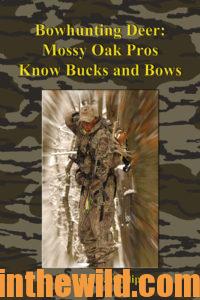 To learn more about bowhunting, check out John E. Phillips’ eBook and print book, “Bowhunting Deer: Mossy Oak Pros Know Bucks and Bows.” Go to www.amazon.com/Bowhunting-Deer-Mossy-Pros-Bucks-ebook/dp/B013F0T58O. You also can download a free Kindle app that enables you to read the book on your iPad, computer or SmartPhone.
To learn more about bowhunting, check out John E. Phillips’ eBook and print book, “Bowhunting Deer: Mossy Oak Pros Know Bucks and Bows.” Go to www.amazon.com/Bowhunting-Deer-Mossy-Pros-Bucks-ebook/dp/B013F0T58O. You also can download a free Kindle app that enables you to read the book on your iPad, computer or SmartPhone.

